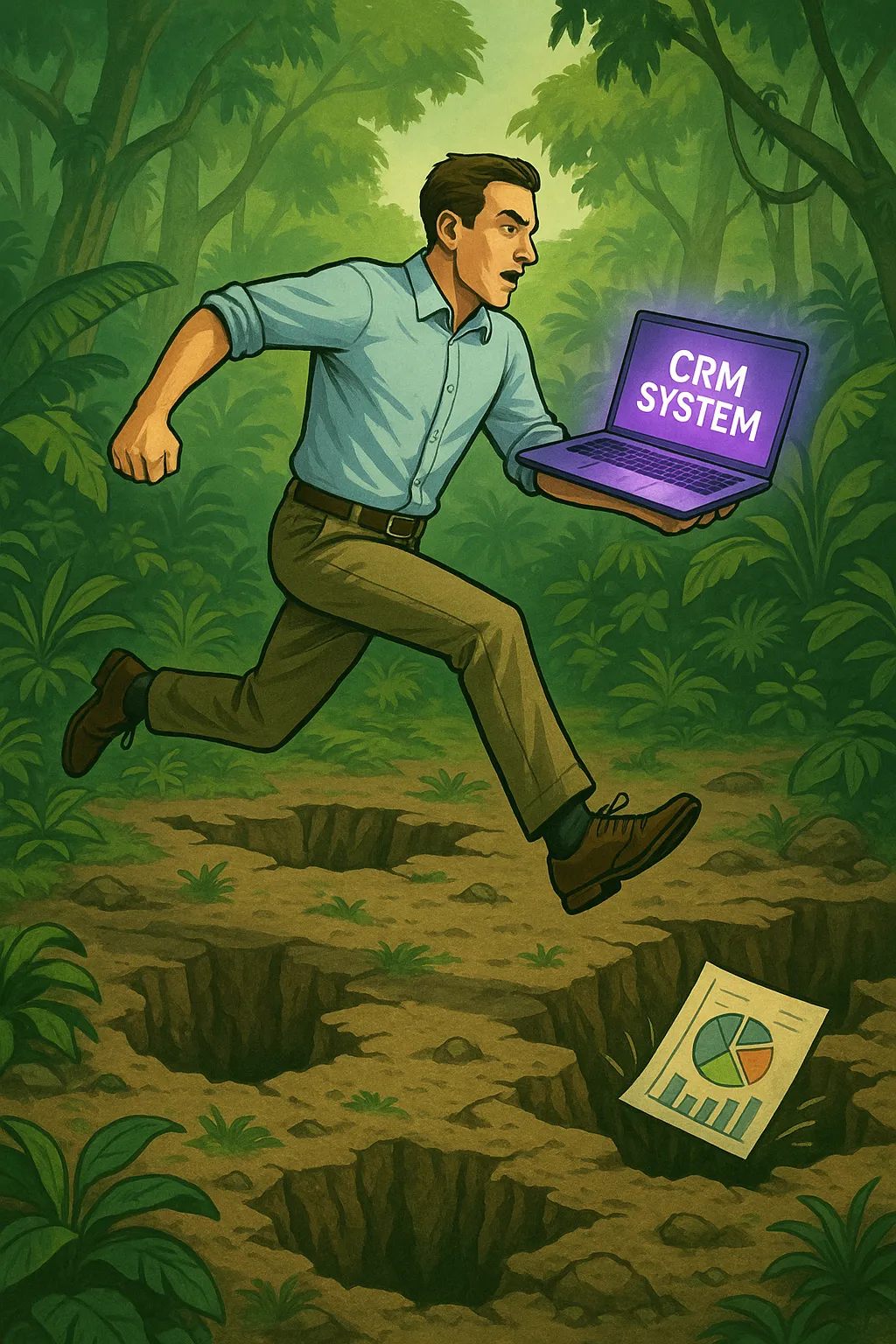Building a Strong CRM Framework: Lessons from the Field and Avoiding the Pitfalls

Every business aspires to have a secret sauce that engages customers, nurtures relationships, and ultimately boosts the bottom line. In my work across brands such as Amazon.com, Ancestry.com, Stanley Black & Decker, Bed Bath & Beyond, Overstock.com, buybuyBABY, the common denominator for crafting such experiences often circles back to one critical operational tool: Customer Relationship Management (CRM) systems.
But implementing a CRM goes well beyond choosing a software package. It’s a complex dance of technology, people, and processes that, when in sync, can amplify the voice of the customer throughout the business.
Learning from Common CRM Pitfalls
Recently, an article titled “Naughty or Nice List: CRM Pitfalls and Best Practices” by Chris Fritsch outlined pivotal mistakes companies often make when implementing CRM platforms. A few stood out:
- Neglecting data hygiene, which causes campaigns to misfire due to inaccurate or outdated customer records.
- Failing to fully integrate CRM into the broader tech ecosystem—resulting in a fragmented view of the customer.
- Skipping ongoing team education, which weakens long-term system consistency and undermines adoption.
These are not minor slip-ups. Each of these challenges erodes trust in your CRM system and creates barriers between your team and the customer insights they need to do their best work.
Drawing from Experience: CRM as a Reflection of Customer Culture
In my role as Senior Director of CRM, I’ve seen what happens when CRM is done right, and when it’s not. Several years ago, we were optimizing a CRM platform for one of our brands. Our data looked good on paper, but marketing insights were siloed. Personalization suffered. Campaigns were flat.
The breakthrough came when we enhanced the CRM’s integration across our stack and invested in team training. That’s when things changed. Suddenly, merchandising and marketing were in sync. Personalization improved. Response rates and customer satisfaction jumped. It was proof that CRM isn’t just a tool, it’s a living reflection of how well your teams listen to and understand your customers.
CRM as a Cultural Cornerstone
The most powerful realization I’ve had about CRM over the years is this:
CRM is not just operational software. It’s a cultural commitment to knowing and serving your customers deeply.
When teams adopt CRM not just as a database but as a customer story engine, magic happens. It becomes a strategic lens through which teams anticipate needs, shape relevant offers, and deliver standout service.
Here’s a real example: When launching a new feature, we used CRM-driven segmentation to personalize our outreach. Instead of a single campaign blast, we tailored messaging to reflect customer behaviors and past interactions. The result? Higher open rates. Deeper engagement. Better retention.
CRM as the Spine of Journey Crafting
As architects of the customer experience, we must see CRM not as a digital database, but as the spine of the modern customer journey.
That means:
- Prioritizing data integrity
- Creating shared ownership across departments
- Leveraging insights to drive personalization and timing
- Making CRM training a living part of team onboarding and development
With CRM as your foundation, insight becomes action, and actions build loyalty.
Final Thought: What's Your CRM Culture?
Whether you lead a startup or a global brand, CRM can be your most strategic investment, if your team adopts it as more than just tech.
So here’s my closing question:
How is your team using CRM to create standout customer experiences?
Let’s continue the conversation. I’d love to hear how CRM is shaping your customer relationships, and how you’re building systems that don’t just support transactions, but cultivate loyalty and connection.
Andrew
